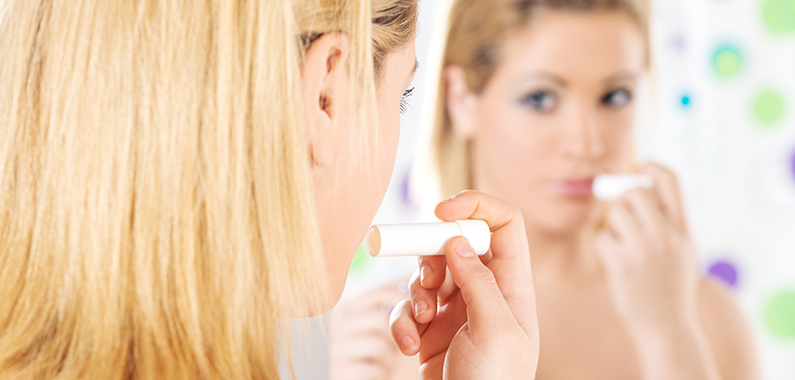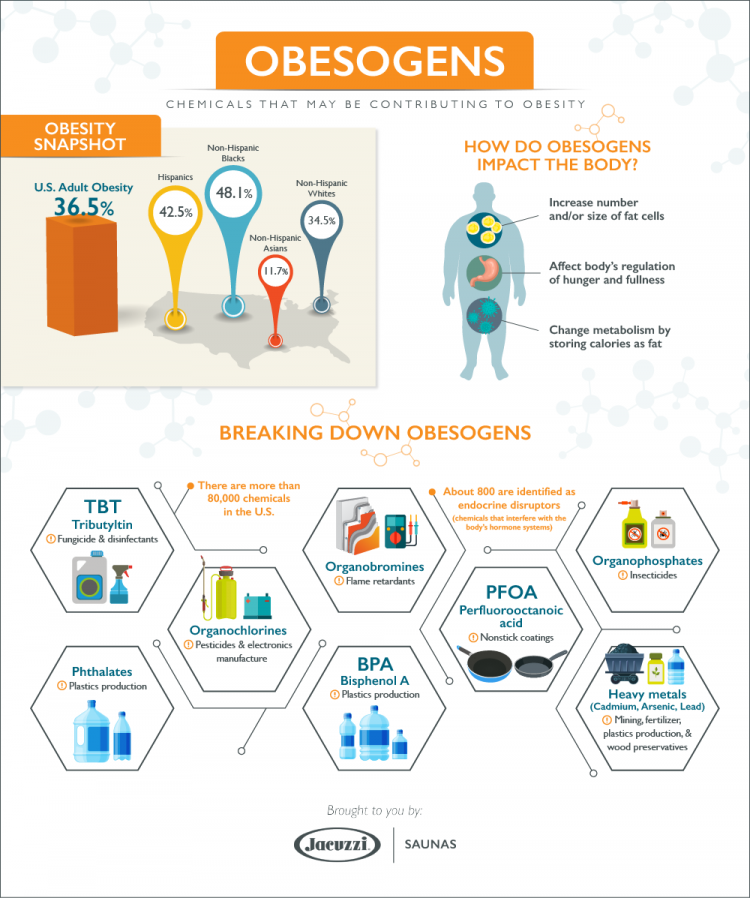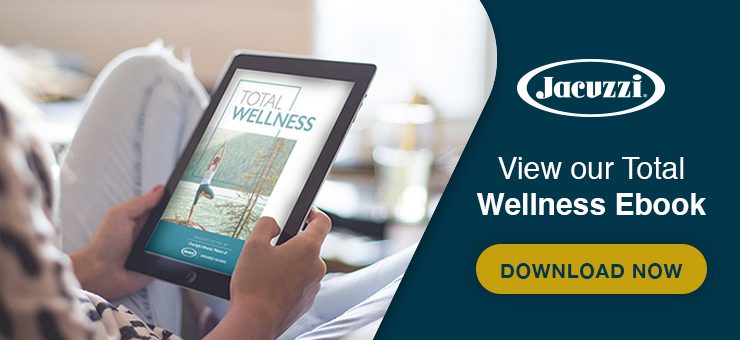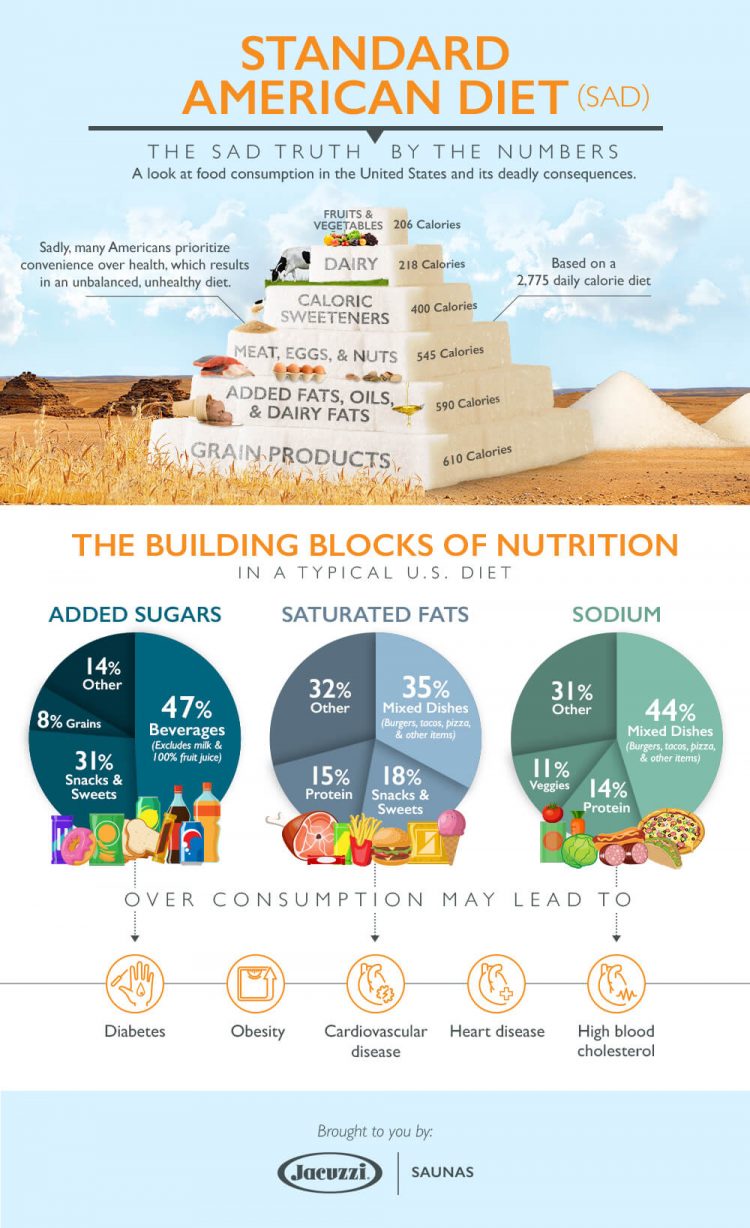Aromatherapy has long been used by many civilizations and is still being enjoyed today. Ancient Egyptian, Chinese, and Greek cultures used this practice of using aromatic plant extracts and essential oils for various purposes. The term was originally coined in 1937 when it was discovered that lavender essential oil had medicinal properties to help relieve burn victims. Now, the use of essential oils for aromatherapy has become widespread, being used for homeopathic remedies like reducing pain, soothing sore muscles, preventing depression, reducing stress, and promoting better sleep.
Spending time in an infrared sauna is relaxing on its own, but you can enhance the experience even further by incorporating essential oils. It is important to note that essential oils are very strong and should be diluted or used with a carrier oil to avoid too much exposure. Learn more about the 10 best essential oils for sauna usage, and how you can utilize different scents for a range of revitalizing uses, from relaxation to reinvigoration!

Best Essential Oils for Sauna Aromatherapy
- 1. Birch
In traditional Finnish saunas, birch is one of the most commonly used scents, featuring a minty smell. Birch essential oil offers a wide range of health benefits, including bacterial and fungal prevention, pain reduction, improved circulation, skin toning, body detoxification, and skin condition treatment. This essential oil contains both Salicylic Acid and Methyl Salicylate to help cure ailments such as ringworm and eczema. The antiseptic properties not only clean the body, but they clean the sauna as well! - 2. Cinnamon
If you’re looking for a pick-me-up during your sauna use, diffuse some cinnamon oil during your next session. The warmth and spice of this essential oil isn’t just a treat for the taste buds but is also an invigorating sensation for the rest of the body. Cinnamon essential oil is wonderful for soothing sore muscles and can be used as a natural decongestant if suffering from a cold. This oil also reduces inflammation, promotes blood circulation, boosts mood, and improves metabolism. - 3. Citrus
The citrus family of essential oils comes in a number of scents, with lemon and orange being some of the most popular. Starting off your day with an invigorating sauna session filled with zesty citrus notes will wake you up more than a glass of orange juice. On top of giving you a boost of energy, citrus oils feature anti-inflammatory, cleansing, and antidepressant properties. Avoid using these types of oils before going to bed, as they will most likely wake you up instead of creating a calming effect.

- 4. Eucalyptus
While peppermint and lavender oils have topped the list of most popular essential oils for a while, eucalyptus essential oil has been climbing the ranks. This refreshing oil eases mental exhaustion and offers many health benefits. Eucalyptus has a pleasant scent that works as a deodorizer and helps kill germs and bacteria in the air. Because of this, diffusing eucalyptus oil helps aid in respiratory issues. If you have any wounds, this oil is germicidal and antimicrobial, meaning it aids in faster healing while soothing at the same time. - 5. Frankincense
Using frankincense in your sauna is a particularly great choice if you are fighting a cold or other sicknesses. This essential oil comes from the Boswellia carterii or Boswellia sacra tree and has been known to aid in enhancing immune system performance. Some studies show that using frankincense can help fight certain cancers and lessen the negative side effects of chemotherapy. Using this essential oil is also great for preventing signs of aging, improving digestion, and balancing hormones. - 6. Lavender
Lavender essential oil has long been a favorite for aromatherapy. Known for its soothing properties, this oil is wonderful for winding down after a long day. The relaxing scent helps calm headaches and promote a good night’s rest, but other healing properties of lavender include burn and wound treatment, anti-aging antioxidants, diabetes protection, and improved brain function. Sitting back and relaxing in a sauna with lavender aromatherapy is sure to be a restoring experience. - 7. Peppermint
On the opposite end of calming lavender is peppermint oil. Peppermint essential oil is a stimulant and boosts energy. If you’re having trouble waking up in the morning, sit in a sauna and diffuse peppermint oil to awaken the senses. On top of boosting energy and mood, peppermint contains antispasmodic properties, making it a perfect natural remedy for stomach ailments such as nausea. The cooling properties of this oil will make for a truly reinvigorating sauna session.

- 8. Pine
If you suffer from headaches or congestion, pine essential oil may be the remedy for you. Offering the refreshing scent of a forest, diffusing pine oil in your sauna is a totally unique, natural experience. It can be particularly helpful as a natural decongestant, helping loosen phlegm in your lungs. The anti-inflammatory nature of pine oil also aids in reducing joint pain, relieving headaches, boosting mood, and treating acne. Don’t use before bed, as pine oil is known to boost focus and energy. - 9. Sandalwood
For increasing mental clarity and boosting memory, sandalwood essential oil is a great addition to your aromatherapy sessions. Researchers have found that this scent is calming like lavender, but without the drowsy effects, leading to a feeling of harmony. Sandalwood is anti-inflammatory, anti-aging, anti-spasmodic, and can help lower blood pressure when applied to the skin. Using this oil for sauna aromatherapy would be a great option for sauna meditation and relaxation. - 10. Tea Tree
Widely known as one of the best essential oils for fighting infections and boosting your immune system, tea tree oil is a must-have for aromatherapy. Many use this oil when feeling under the weather, as its antiseptic properties are highly effective for fighting respiratory issues and sicknesses like the flu. Other conditions that can be treated with this oil are athlete’s foot, dandruff, and other skin conditions. Because of its healing strength, be sure to dilute this essential oil, and avoid contact with your eyes and nose.
Depending on your desired results, try mixing different essential oil combinations. It may take some tries to find the perfect blend, but every attempt is sure to be a positive one! Some simple combination ideas include citrus + peppermint for an energizing experience, pine + birch to go woodsy, and lavender + sandalwood for mental clarity and relaxation. Simply place a few drops of your favorite oil in a small container and place it in your sauna to be heated and enjoy. Pair the aromatherapy with sauna chromotherapy and halotherapy at home for a truly spa-like experience.
 Canada
Canada Australia
Australia New Zealand
New Zealand Malaysia
Malaysia China
China

































